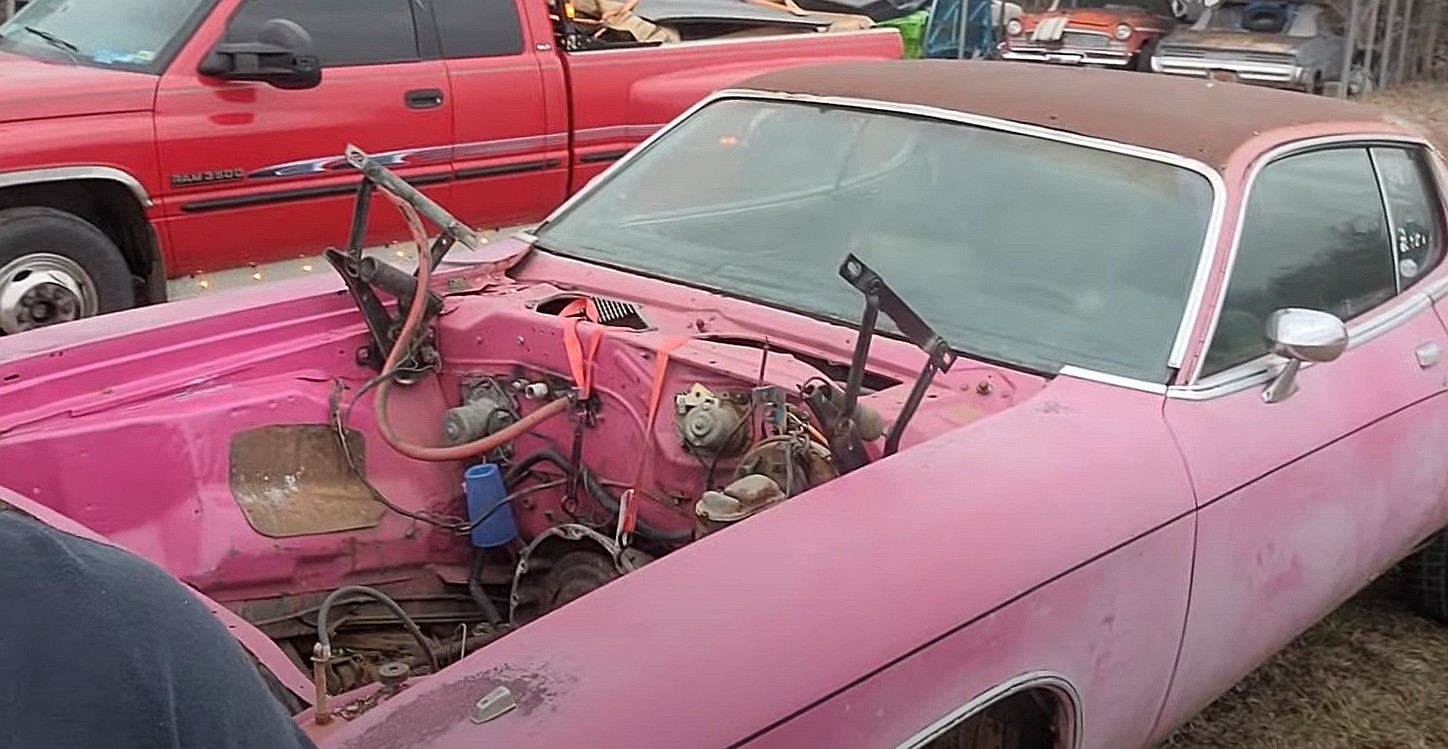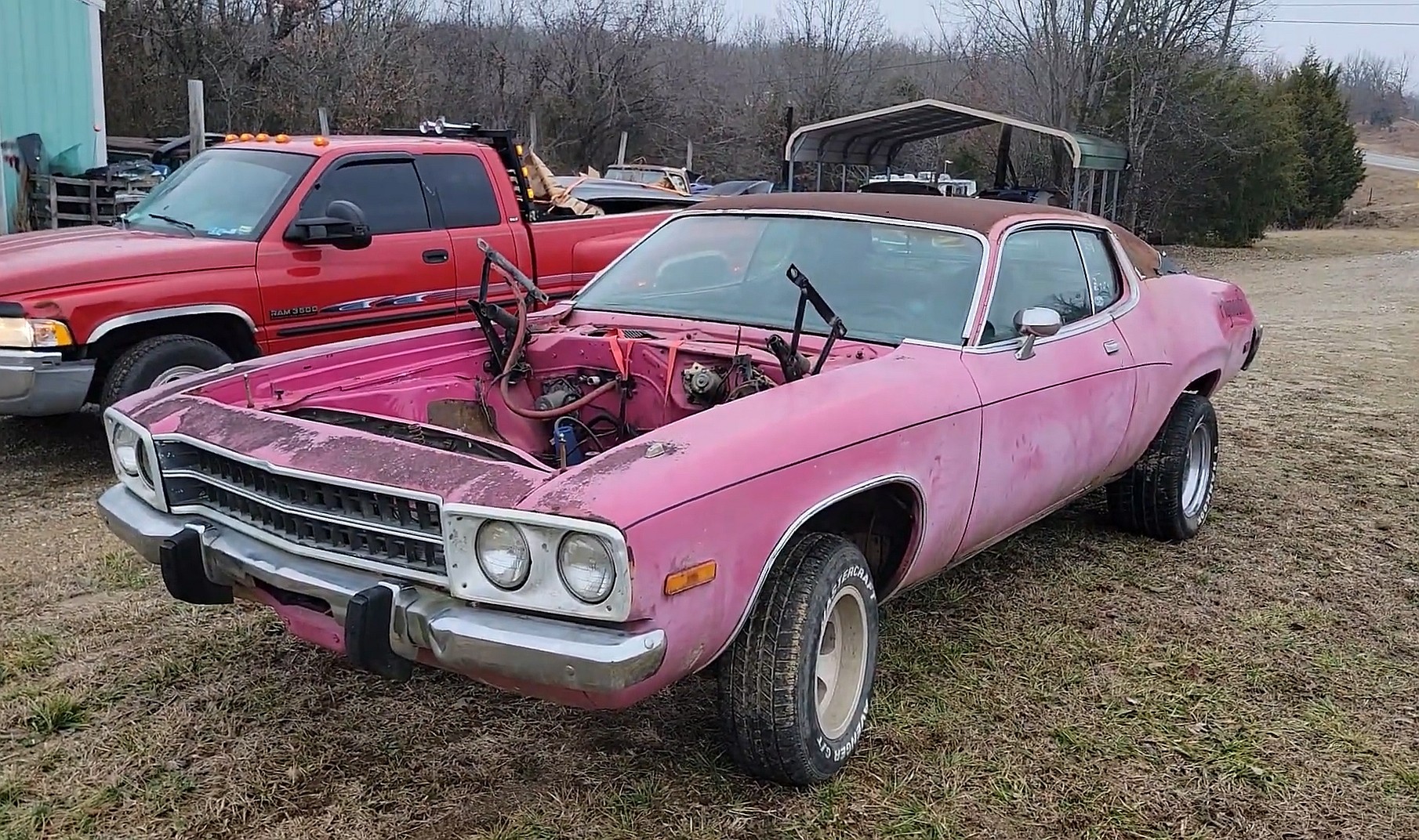There’s still an ongoing debate as to which nameplate was the first muscle car, but what I do know for a fact is that Detroit produced the coolest performance vehicles from around 1962 until 1972. That period is commonly known as the golden muscle car era.
And even though it lasted for only a decade, it gave us countless muscle cars covering almost all segments and wearing badges from all major brands, regardless of whether we’re talking about GM, FoMoCo, Mopar, or independent automakers.
But while each and every muscle car from the era is awesome in its own right, I think the Mopars are just a tad bit more spectacular. And it’s not just the 426-cubic-inch (7.0-liter) HEMI V8 engine that found its way in many Dodges and Plymouths at the time. Chrysler also produced the radical, NASCAR-spec Charger Daytona and Superbird “wing warriors” and came up with the High Impact color palette to spice things up.

The latter included flashy hues like Plum Crazy, Sublime, Sassy Grass, Go Mango, Citron Yella, and Lemon Twist. Then, there’s the somewhat controversial Panther Pink, a “love it or hate it” hue that’s quite rare nowadays. Unlike most High Impact colors, pink was available for only a few months on both Dodges and Plymouths. Specifically, it was offered as a Spring color only in 1970. It was also a special-order color in 1971, but it wasn’t exactly popular with muscle car fans.
Most High Impact colors were discontinued at the end of 1971, when Mopar also pulled the plug on the 426 HEMI and other high-performance big-block V8s. Hemi Orange/Tor Red remained on offer through 1972 and Top Banana/Lemon Twist soldiered on until 1973, but by 1974, the High Impact palette was a thing of the past.
However, this wasn’t the end of flashy-colored Mopars because enthusiasts began repainting their Malaise Era rigs in lively hues that harkened back to the golden era. And that’s exactly why the 1974 Plymouth Satellite you see here is wearing a worn-out pink “suit.” Sure, it’s a bit shabby and it looks like it spent some time in a junkyard, but it’s still an intriguing find. Because it’s a Mopar and because it’s pink!

Documented by YouTube’s “Wags Automotive,” this Satellite received a professional paint job many years ago. The engine bay is finished in the same color, there’s a nice layer of pink around what used to be a vinyl top, and there are black “Plymouth” decals on the rear fenders. Whoever owned this hardtop wanted a pink Mopar really bad and spared no expense to make it happen.
So how do I know it’s not some sort of special-order unit? Well, our host was kind enough to film both the VIN and inner fender tags, which provide info on the car’s factory specs. For starters, I can tell you that the Mopar was wrongfully identified as a 1973 Road Runner, when it’s in fact a 1974 Satellite, as confirmed by the “R” and the “4” in the VIN. The fifth “G” digit also tells us that it left the factory with a 318-cubic-inch (5.2-liter) “LA” V8.
But what about the paint? Well, the fender tag appears to include a “KB8,” which was Plymouth’s code for Starlight Blue Metallic in 1974. And since there’s no “999” on the same tag, which Chrysler used to identify special-order cars, it’s safe to say that the Moulin Rouge adorning this Satellite is a repaint. And yes, it’s not called Panther Pink. The latter was used on Dodge models only. This shade of pink was listed as Moulin Rouge in Plymouth’s color palette.
Specific details aside, this Satellite looks a bit sad sitting by the side of the road, but the straight body panels and the low amount of rust make it a solid project. Sure, it’s not worth restoring to factory specs since it’s a 1974 version, but I’d sure like to see it included in someone’s “leave no pink Mopar behind” program. Are you also a fan of Panther Pink/Moulin Rouge?
